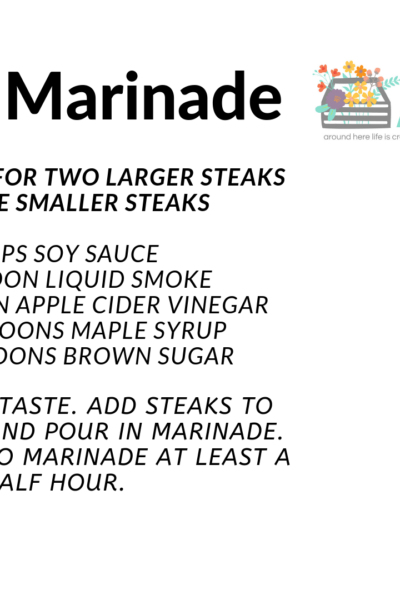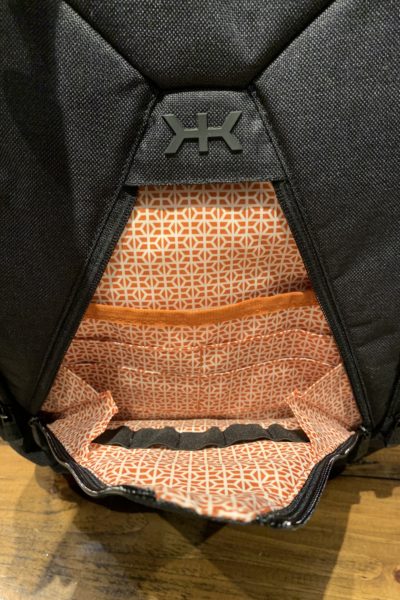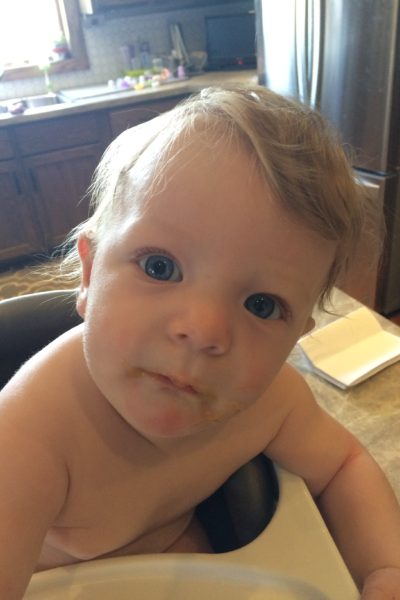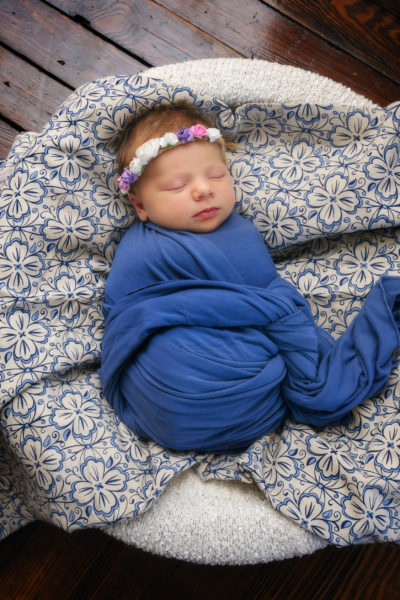This is my final maternity leave post. A big shout out to my friend Myla who eloped me out with two posts. This post is so appropriate because maple syrup season is just starting here in Michigan!
In my work as a county agricultural literacy coordinator, I come up with monthly lessons to help educate students in schools and at after-school programs about agriculture. I’ve done programs teaching about topics like corn, cows, pigs, the water cycle and soils. This winter I was itching to diversify and thought talking about how maple syrup would be a fun lesson!
In any of my lessons, I like to start off with some engaging questions. For this lesson, I asked how many of them ate breakfast at home today. What did they eat? If someone responds, “Pancakes.” I ask if they eat them with syrup. Do they know if it’s REAL maple syrup? This question leads into a short discussion about where maple syrup comes from? Sugar Maple Trees!
The lesson continues by showing this fantastic video about maple syrup production.
Every classroom that I’ve shown this video to just LOVE it! When the students realize that kids are the one’s interviewing the family about the process, they really tune in and listen.
Following the video, the group participates in a comparison test of different types of syrup. For this lesson, I’ve bought pancake syrup and two types of maple syrup. For the comparison test, I create a graph and as a group we discuss the color and thickness of each syrup. The students decide amongst themselves and record in the graph each sample as light, dark, darkest and thin, thick and thickest.
Each student is then given a sample of each of the three syrups to taste. Prior to going into the classroom, I’d prepped the syrups and poured them into unmarked containers to keep things secret! It’s highly entertaining to observe the students and listen to their remarks about each syrup! After each student has sampled the syrups, I ask the students which of the samples was their favorite. Finally, I come clean that two of the samples are real maple syrup and one is pancake syrup that is derived from corn. Then I ask which they think was pancake syrup? More often than not the students can pick out the pancake syrup, but there’s always one who isn’t quite convinced!
To conclude, I like to ask questions about our lesson. What is pancake syrup made from? What time of year are Sugar Maples tapped? The piece of hardware that it tapped into the tree is called what?
Here are some other facts and figures about maple syrup that you might find interesting:
Ideal weather conditions are 40-50 degree days and 20 degree nights.
A maple tree should be at least 10 inches wide before it can be tapped.
Sap flows up, down and across the tree.
Maple sap is only 2% sugar at the time of harvest, but after evaporation rises to 67% sugar.
It takes 40 buckets of maple sap to produce just one gallon of maple sugar.
Resources: http://www.agclassroom.org/ny/resources/pdf/activities/sugar.pdf




